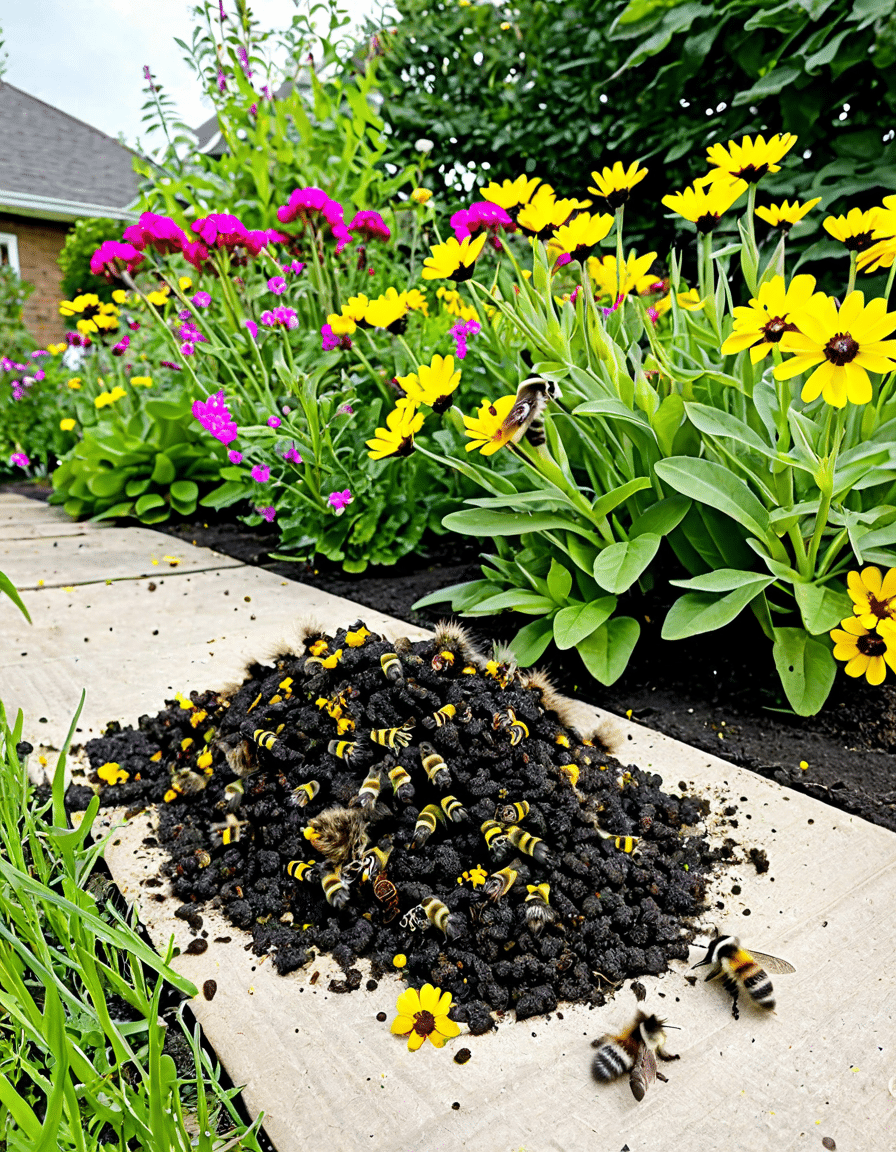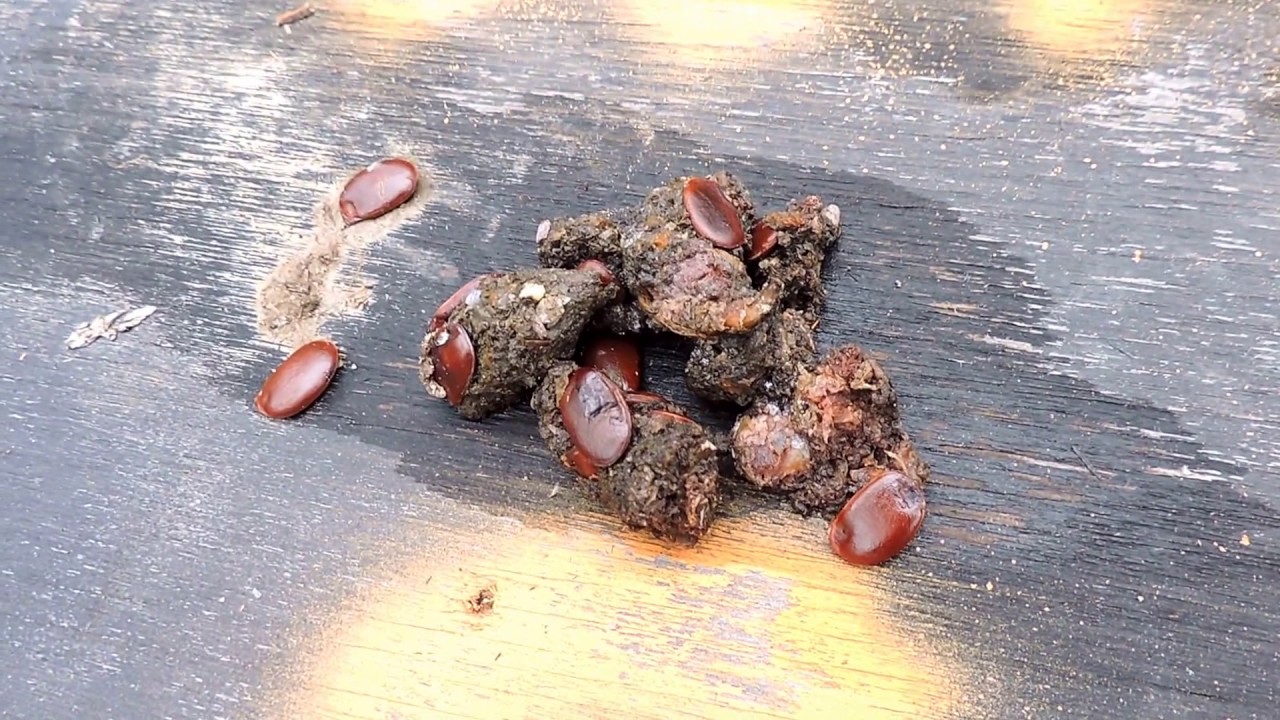When you think about raccoons, you might picture their masked faces rummaging through garbage cans. But there’s more to these clever critters than just their trash-picking antics. Raccoon scat, or raccoon poop, serves as a fascinating window into their lives. By studying raccoon scat, we can learn about their diets, behaviors, health, and even how they fit into our ecosystem. So let’s dive into the colorful world of raccoon scat and reveal what these little packages tell us about nature’s bandits.
## Understanding Raccoon Scat: Nature’s Bandits Revealed

1. Dietary Diversity Revealed
Raccoons are omnivores, and their scat tells a compelling story about what they eat. If you find raccoon poop, look closely—it’s like a menu of their adventures. You might spot bits of fruits, seeds, insects, and sometimes, remnants of your favorite pizza. Research shows that raccoon scat found in urban settings often has traces of human food like barbecue and leftovers, showcasing their adaptability in city life.
In comparison, raccoon scat from wooded areas typically features berries, nuts, and insects, indicating a more bakery-inspired buffet from nature. The diversity in their diet means that raccoons can thrive in both suburban and rural environments, adapting to whatever food sources are available.
2. Behavioral Patterns
When we analyze raccoon scat, it sheds light on their behavior. For example, finding scat filled with crab shells during spring reveals that these raccoons are along the coastlines munching on seafood. This seasonal food shift shows how these clever animals adapt their eating habits based on what’s available, demonstrating their resilience and cleverness.
Moreover, scat with distinct food variations can hint at social behaviors. If multiple raccoons are foraging in the same area, their scat may overlap, illustrating their community dynamics. Just like how Matt James once emphasized the importance of observing nature for deeper insights in his works, understanding these patterns gives us a clearer picture of wildlife.
3. Health Indicators
Just like how veterinarians examine pet feces for health issues, wildlife biologists do the same with raccoon scat. Examining raccoon poop can help assess the health of their populations. Certain pathogens, parasites, and bacteria lurking in their scat can serve as early warning signs for larger ecological problems.
For example, the presence of leptospirosis—a bacterial infection—has been found in raccoon scat, raising concerns for both animal and human health. This is particularly critical in urban settings where raccoons often roam near parks and neighborhoods.
4. Territorial Markings
Believe it or not, raccoon scat does more than just offer insight into eating habits; it serves as a territorial marker too! Raccoons tend to drop their poop in communal spots. This behavior is kind of like leaving a calling card for other raccoons. Observers say these markings can signify specific locations like pathways, dens, or mating areas.
By analyzing these sites, wildlife trackers can study raccoon populations and their movements. The way they communicate through scat tells us a lot about their social structures and how they coexist in particular areas. It turns out, raccoon scat is a unique form of wildlife signaling that’s worth noting!
5. Environmental Insights
Raccoon scat can also act as an environmental barometer. When researchers study raccoon poop in conjunction with water quality assessments, they can pinpoint specific ecological issues. High levels of raccoon scat contamination in nearby water sources might indicate pollution or disturbance, allowing for targeted conservation efforts.
Patrolling areas with an abundance of raccoon scat can open doors to understanding the impacts of urbanization and pollution on local wildlife. For instance, if local waterways are tainted, efforts can be made to clean those areas, benefiting both raccoons and the overall ecosystem.
6. Raccoon Cat Connection
Raccoons are often nicknamed nature’s bandits due to their scavenging habits, which they share with another group of culprits: raccoon cats. These are cats that exhibit similar behaviors in scavenging through neighborhoods. A close examination of scat from both species can show how they compete for similar resources.
Fascinatingly, studies illustrate that in suburban settings, raccoons and feral cats often overlap in territory, which directly corresponds to their food sources. By comparing scat samples, we can draw parallels between their diets, helping us understand the dynamics of urban wildlife.
7. The Colorful World of Raccoon Scat
The appearance of raccoon scat varies significantly depending on their diet. If you come across dark, shiny scat, it might suggest a diet rich in berries, whereas drier, crumbly scat may indicate lots of insects and plant matter. Wildlife enthusiasts have noticed that the look of their scat changes with the seasons, much like our own culinary preferences.
This variability provides a visual cue into their current habits—just another reason to keep an eye out for wildlife signs in our neighborhoods! Who knew that little ol’ raccoon poop could tell us so much about their lives?

Final Thoughts on Raccoon Scat Revelations
Raccoon scat is far more than just something to avoid on a nature hike. It stands as a vital element in understanding the natural world around us, revealing the intricacies of wildlife dynamics, ecosystem health, and the relationship between humans and raccoons. By studying this fascinating subject, we can appreciate how raccoons, as intelligent creatures, fit into our surroundings.
As we continue to delve into the insights offered by raccoon scat, we open the door to promoting coexistence and advanced conservation efforts. Whether you’re an animal lover, a wildlife tracker, or just someone curious about the outdoors, the treasures found in raccoon poop beckon us to a deeper understanding of nature. So, the next time you see a raccoon, remember that those sneaky little bandits have stories to share, hidden in their scat!
Raccoon Scat Secrets: Nature’s Bandits Unmasked
What Raccoon Scat Reveals
Raccoon scat is more than just animal droppings; it serves as a fascinating glimpse into the dietary habits and behaviors of these clever critters. A raccoon’s diet can be as assorted as a human’s, which is why their scat often contains a variety of leftovers such as fruits, nuts, and even the occasional trash. If you’ve ever stumbled upon some raccoon scat, consider it a treasure map of clues leading straight to nature’s bandits! With that in mind, understanding these little pellets can shed light on their feeding patterns—like the labrador feeding chart by age, raccoons too have a timeline of what they chow down on as they grow older.
Nature’s Social Creatures
Interestingly, raccoons are social animals, often traveling in small groups. Their scat can help identify not just their feeding habits but also their social circles. You might spot a patch of raccoon scat in a common area, hinting at a gathering place. It’s like finding out who’s who at a party! Eco-enthusiasts have noted that observing wildlife behavior, including scat, is pivotal for conservation efforts. Understanding factors such as the impact Of addiction on Families can parallel the ripple effects that environmental changes have on wildlife behaviors. So, the more we know through their scat, the better we can protect these furry friends.
Fun Facts About Raccoon Scat
Here’s a fun twist: raccoon scat can be a treasure trove for experts and casual observers alike! Some even claim it has unique patterns that can reflect different species. This hints at their geographical habits and preferences. And, want to talk about low maintenance? Raccoons themselves can be quite adaptable, similar to the most low maintenance Pets out there.
Lastly, don’t forget that raccoons are known for their dexterity, which helps them forage for food. You can think of their scat as nature’s reminder of how clever these creatures are, often using their paws to dig into what they find. So next time you see raccoon scat, it isn’t just waste; it’s a conversational starter, much like a viral hit like How bout That Pricks face Epoidsde. Embrace the mystery of these delightful bandits and appreciate the stories their scat unveils!






